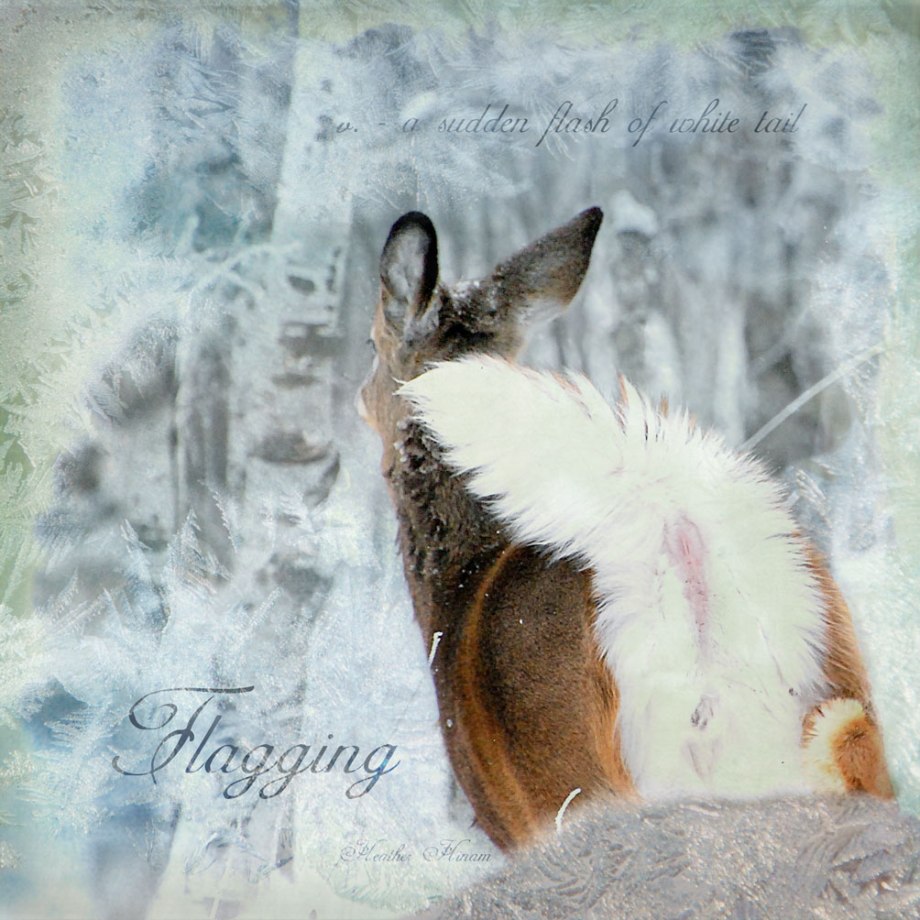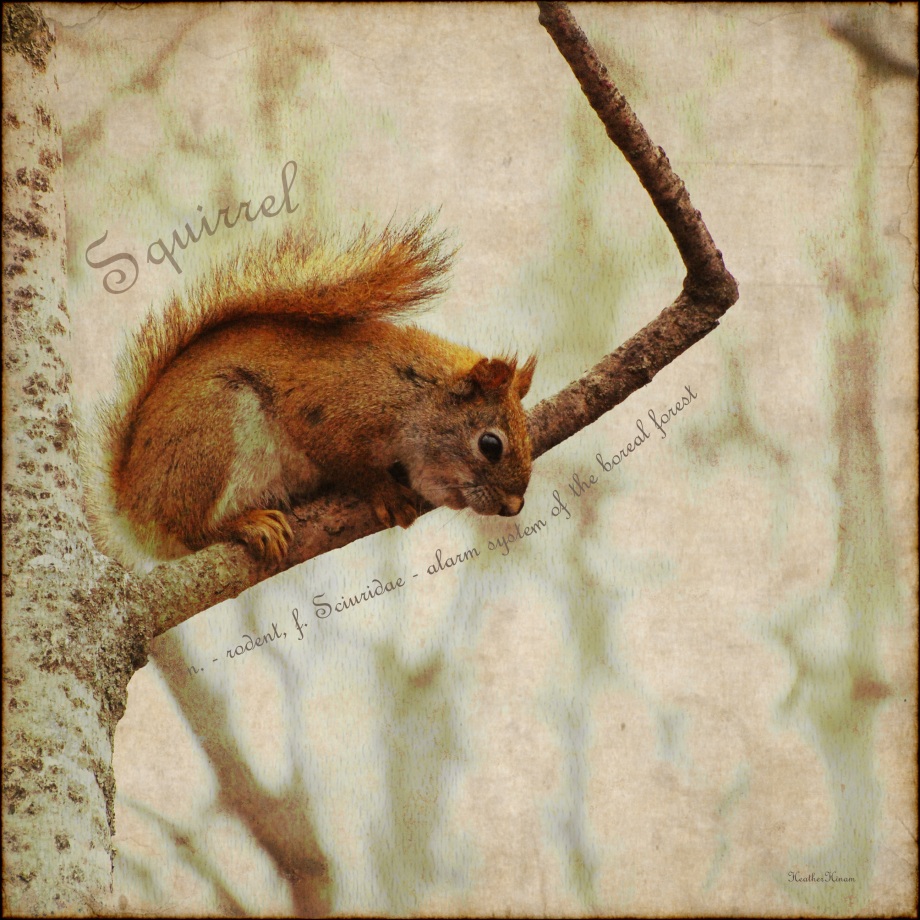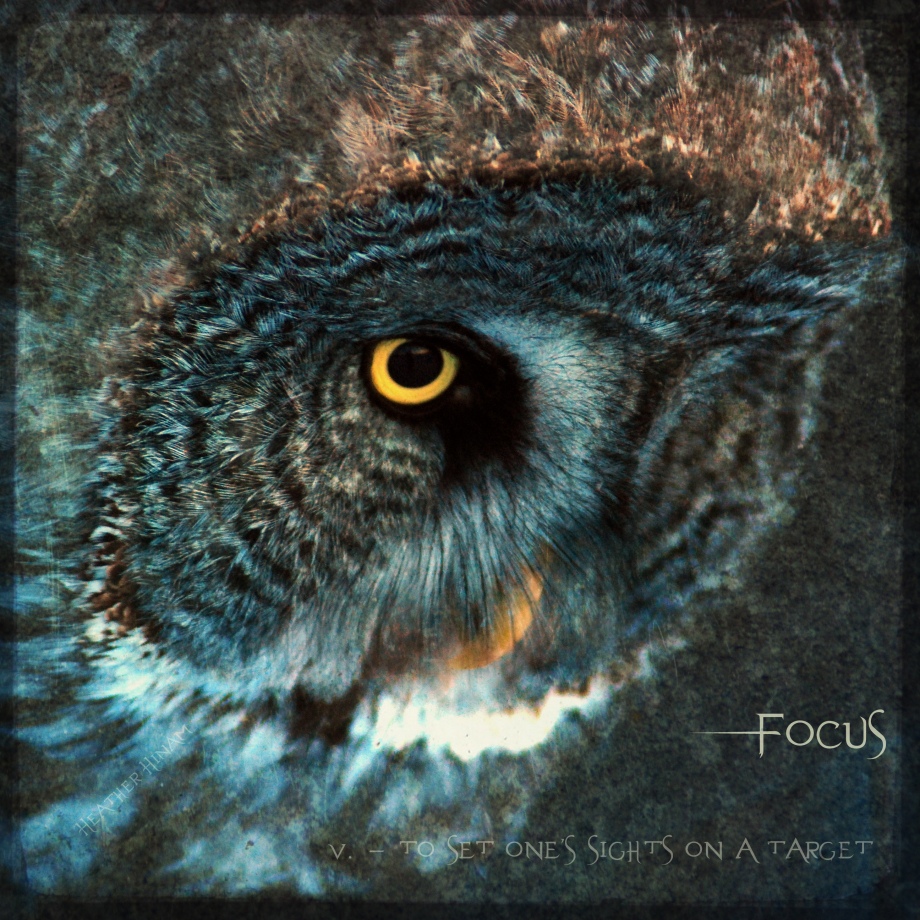
If you’ve ever spent any time in North American forests east of The Rockies, you’ve seen it, a sudden flash of white, that snags your attention before disappearing into a tangle of vegetation.
White-tailed deer (Odocoileus virginianus) are very aptly named. The bright, snowy fur on the underside of their tail is impossible to miss, especially because they often wave it in the air as they bound away from you.
This behaviour is called ‘flagging’ and it’s an instinct that kicks in only hours after birth. To a human observer, its purpose is a little hard to understand. Why would an animal that is otherwise very well camouflaged wave a big flag at a predator that essentially shouts “I’m over here!”. Because it seems so counter-intuitive, flagging has been the focus of a number of studies, but researchers still have yet to come to a consensus in regards to why they do it and who are they doing it for: their fellow deer or whatever is trying to make them dinner.
Some biologists believe that by flagging, their tails at the approach of a predator, deer are signalling each other and maintaining the cohesion of the group while at the same time confusing their stalker by making it hard to pick out an individual in the group.
The problem with that assessment, however, is that deer will flag when they’re by themselves or when others in their group can’t see them. I’ve seen it many times as I’ve approached them. You know you’ve taken a step too far when the tail goes up, even if the deer doesn’t immediately run away.
The consensus now is that this flashy signal is for the predator, not other deer. But, why wave a white flag when you could be better off blending into the background? Deer flag most often when they’re out in the open and when you are still a good ways off. It’s essentially their way of telling the predator (or you) that they’ve spotted the danger and are prepared to outrun it.
The hard part is figuring out how predators respond to such a signal. Humans and domestic dogs don’t understand the language and are poor models of how a coyote or wolf might behave. No one has managed to collect data on how natural predators respond to flagging However, deer aren’t the only animals to use an ‘I see you’ signal when they’ve spotted a predator.
Many ungulates, like Thomson’s gazelles, pronghorn, and springbok will leap from all four feet, straight up into the air, in a behaviour called stotting, when they spot an approaching predator. Like flagging, this jump signals to the predator that its been seen, then takes it one step further by also communicating that they are more than capable of outrunning the threat. It seems to work. Studies in Africa have found that cheetahs will abandon hunts more frequently when their target stots and if they still choose to initiate a chase, they’re less likely to win.
Like with most animals, these relatively simple signals are just a small part of a whole array of behaviours that make up a complex web of communication between predator and prey. So, take the time to be observant. With patience and intuition, you can learn the language and open your eyes to a whole new level of understanding of the world around you.







